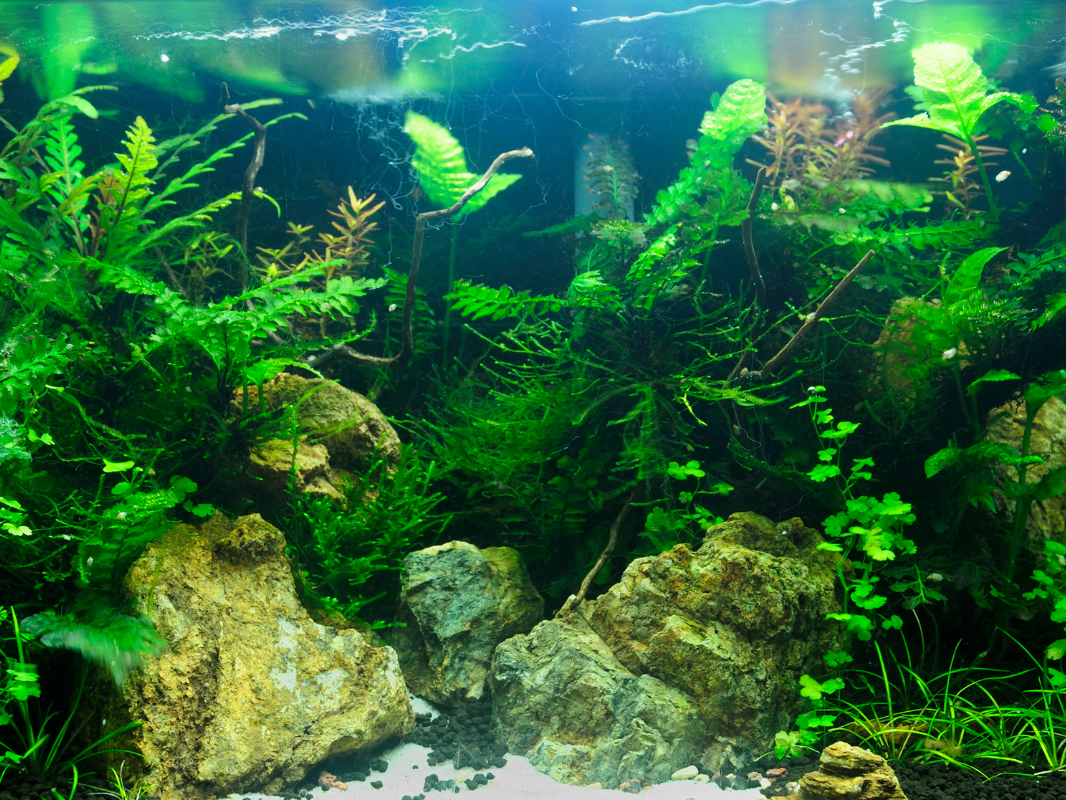Fish, a staple in many diets, offers a wealth of nutritional benefits. However, for some, it’s a source of discomfort and risk due to allergies. This article delves into the world of fish allergies, exploring causes, symptoms, and how to manage them through diet. We aim to provide valuable insights for those navigating this challenge, offering practical advice and alternatives to maintain a balanced, nutritious diet.
Jump to:
Introduction to Fish Allergies and Diet
Fish allergies are more than just an inconvenience; they can significantly impact one’s lifestyle and dietary choices. Understanding these allergies is the first step in managing them effectively.
Register for our latest in-depth reviews and product round-ups from the experts
Enter your email address below to receive our twice monthly reviews emails.
By entering your details, you are agreeing to our terms and conditions and privacy policy. You can unsubscribe at any time.
Causes and Symptoms of Fish Allergies
Fish allergies arise when the immune system mistakenly identifies certain proteins in fish as harmful. This can lead to a range of symptoms, from mild to severe.
Common Symptoms
- Skin reactions: Hives, eczema, or itching.
- Gastrointestinal issues: Nausea, vomiting, diarrhea.
- Respiratory problems: Wheezing, coughing, shortness of breath.
- Anaphylaxis: A severe, potentially life-threatening reaction.
Diagnosis and Treatment of Fish Allergies
Diagnosing fish allergies involves a thorough evaluation by an allergist, including a medical history review and allergy tests.
Treatment Options
- Allergen avoidance: The primary treatment for fish allergies.
- Medications: Antihistamines for mild reactions; epinephrine for severe cases.
- Dietary management: Understanding and avoiding foods containing fish.
Fish Allergy: Dietary Considerations and Substitutes
Living with a fish allergy doesn’t mean sacrificing nutrition. There are numerous alternatives to ensure a balanced diet.
Safe Dietary Practices
- Read labels carefully: Look for hidden sources of fish.
- Be cautious when eating out: Communicate your allergy to restaurant staff.
- Prepare food safely: Avoid cross-contamination in the kitchen.
Nutritional Alternatives
- Omega-3 fatty acids: Flaxseeds, chia seeds, and walnuts are great alternatives.
- Protein sources: Lean meats, poultry, beans, and legumes.
- Vitamin D and B12: Eggs, fortified cereals, and dairy products.
Tables Packed with Value
To provide a clearer understanding, let’s look at some useful tables:
Table 1: Fish Allergy Symptoms
| Symptom Type | Examples |
| Skin Reactions | Hives, eczema |
| Gastrointestinal Issues | Nausea, vomiting |
| Respiratory Problems | Wheezing, coughing |
| Severe Reactions | Anaphylaxis |
Table 2: Fish-Free Diet Alternatives
| Nutrient | Fish-Free Sources |
| Omega-3 Fatty Acids | Flaxseeds, chia seeds |
| Protein | Beans, legumes, poultry |
| Vitamins | Fortified cereals, eggs |
Managing a Fish-Free Diet
Avoiding fish requires vigilance and knowledge, especially when it comes to hidden sources in processed foods.
Tips for Avoiding Fish
- Know the labels: Familiarize yourself with terms that indicate the presence of fish.
- Cook at home: This gives you full control over the ingredients used.
Identifying Hidden Sources of Fish
- Caesar salad dressing
- Worcestershire sauce
- Some Asian cuisines
Table 3: Hidden Sources of Fish in Foods
| Food Item | Potential Fish Content |
| Salad Dressings | Anchovies in Caesar dressing |
| Sauces | Fish sauce in Asian cuisine |
| Snacks | Fish-derived flavoring |
Navigating Nutrition and Allergies: The Fish-Free Diet Journey
Nutritional Benefits of Fish in Diets
Fish is renowned for its health benefits, but what exactly are we missing when we can’t include it in our diets?
Health Benefits of Fish
- Rich in Omega-3 Fatty Acids: Essential for heart and brain health.
- High-Quality Protein: Important for muscle building and repair.
- Source of Vitamins and Minerals: Including Vitamin D, B2, calcium, and iron.
Table 4: Nutritional Content of Common Fish
| Fish Type | Omega-3 Content | Protein | Vitamins/Minerals |
| Salmon | High | High | Vitamin D, B12 |
| Tuna | Moderate | High | Iron, B6 |
| Sardines | High | Moderate | Calcium, Vitamin E |
Managing a Fish-Free Diet
For those with fish allergies, finding nutritious alternatives is key to a balanced diet.
Tips for a Balanced Fish-Free Diet
- Diversify your protein sources: Include poultry, meat, and plant-based proteins.
- Seek Omega-3 alternatives: Flaxseeds, walnuts, and supplements.
- Ensure adequate vitamin intake: Through fortified foods and sunlight exposure for Vitamin D.
Table 5: Alternatives to Fish Nutrients
| Nutrient | Alternative Sources |
| Omega-3 | Chia seeds, hemp seeds |
| Protein | Lentils, tofu, eggs |
| Vitamin D | Fortified milk, sunlight |
FAQs on Fish Diet and Allergies
Let’s answer some common questions to clear up any confusion surrounding fish allergies and diet.
- It’s less common to outgrow a fish allergy compared to other food allergies.
- It’s best to avoid all fish, as cross-reactivity is common.
- Incorporate plant-based Omega-3 sources and consider supplements.
Table 6: Common Questions and Answers
| Question | Answer |
| Outgrowing fish allergy | Less common |
| Eating other fish types | Not recommended |
| Omega-3 without fish | Plant-based sources, supplements |
Embracing a fish-free diet due to allergies doesn’t mean compromising on health or flavor. With the right knowledge and alternatives, you can enjoy a nutritious, varied diet that caters to your needs.
Martin Cochran
Dive into fish care with Martin, your guide from the coastal beauty of Brighton. He shares tips on keeping your aquatic companions happy and healthy. Join him on a fin-tastic journey where every swim is a voyage of joy. Trust Martin for a smooth sailing aquatic experience.




